 The towering grandeur of the Rocky Mountains are justifiably famous, but when one hears of the Appalachians more often than not it’s accompanied with a chuckle, a “isn’t that Deliverance country?” quip and perhaps a knowing comment about duelling banjos. With my west-coast lenses, I even figured it was no big deal to drive straight across them the day after our new brakes and distributor were ready for what was meant to be a probationary run.
The towering grandeur of the Rocky Mountains are justifiably famous, but when one hears of the Appalachians more often than not it’s accompanied with a chuckle, a “isn’t that Deliverance country?” quip and perhaps a knowing comment about duelling banjos. With my west-coast lenses, I even figured it was no big deal to drive straight across them the day after our new brakes and distributor were ready for what was meant to be a probationary run.
It’s a good thing the 34-year-old RockVan was up to the task, because it was a monumental one. The Appalachians are wickedly steep and curvy even if by Rocky standards they aren’t that high. They are also intensely, deeply and gloriously green.

Lush, verdant, verdure, homely, soothing, meditative are the words that kept running through my mind as we lumbered through miles of luxurious foliage. Endless rivers, streams, springs and creeks support this amazing abundance of riotous growth.
Taking in the yawning enormity of the fecund Shenandoah Valley, the peaky Blue Ridge Mountains and the rugged Smoky Mountains, the Appalachians encompass these and a number of other ranges down the east coast of America. We missed the Catskills — in fact we only made it as far north as southern Pennsylvania, which is just above the Mason Dixon line. Up north, we learned, is where folks say “Appa-lay-shin”, whereas the regions we’ve visited say “Appa-latch-ian”, hence so do we now.
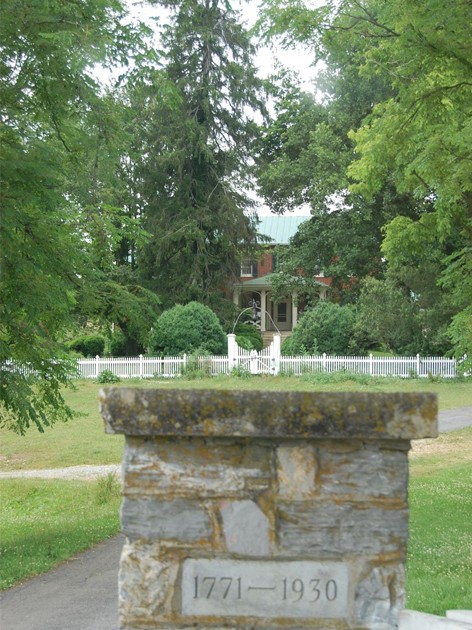
The communities of the Appalachians peak and trough culturally and economically like the complicated terrain itself, with working class hamlets and pockets of disadvantage in the hollers, interspersed with highly stratified, gentrified little mountain towns. Shelly Koch, at a food and agriculture conference in Montana last month, discussed the increased difficulties people further from the interstate in West Virginia face in accessing fresh, healthy food, and told the audience about the ‘backpack programs’ whereby school children are sent home with a bag of food to ensure they eat over the weekend.
The disadvantage grows increasingly obvious the further south one travels. It was particularly poignant after seeing some short documentaries in Gettysburg that highlight the economic devastation of the South after the Civil War (when they had to start paying for labour; the American agrarian dream has never been fully realised as the population is too well trained to demand food at cheaper prices than it can be sustainably produced, let alone distributed, but that’s another post…). To still see such obvious signs of poverty compared with their relatively more affluent northern neighbours over 150 years later is at once empirically fascinating and distressing.
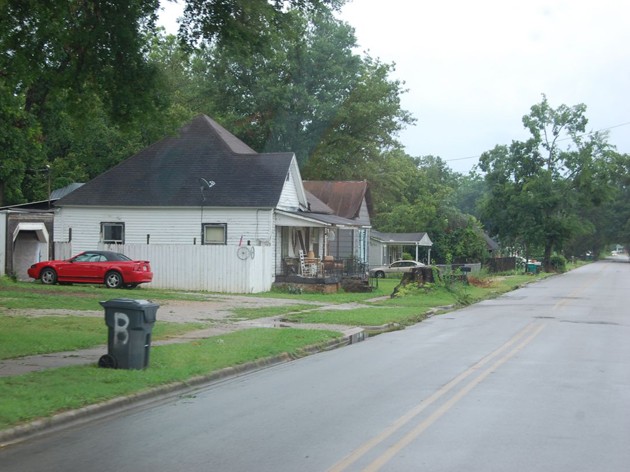
North Carolina was my ‘surprise state’ — I knew almost nothing about it until we got there, and was charmed by its Swiss and Italian landscapes and magnificent slopes populated with Carolina hemlock, yellow birch and the bee-loved sourwood (pun intended). Asheville was a particularly happy find, littered as it was with microbreweries and bookshops, plus we were lucky to be there on a Friday, when the regular drumming circle happens in Pritchard Park. I’ve been to a lot of drumming circles in my life as a latter-day hippie, but Asheville’s was the most diverse crowd I’ve ever witnessed at one: old and young, tie-dyed and polo-shirted, white, black and brown. It was a truly joyful summer’s evening.
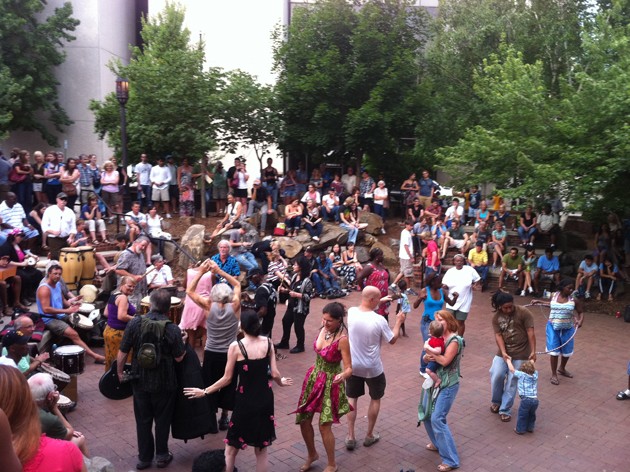
Although there’s plenty of barbecue in North Carolina, I kept thinking we should wait until we made it to the ‘real South’, a prejudice that I suppose stems from having a father from Alabama. Even Tennessee is only considered the mid-South, and folks down on the Gulf will tell you those in northern Mississippi aren’t even part of the Deep South. Australians should note that the South takes their barbecue very seriously — this is no ‘snags on the barbie’ affair. Pork or beef, shoulder or ribs, chopped or sliced, wet or dry are just some of the wealth of important descriptors to learn.
Heading further down the range, Chattanooga, Tennessee is where we started to notice ‘Title’ and ‘Payday Loans’ shops on every block.
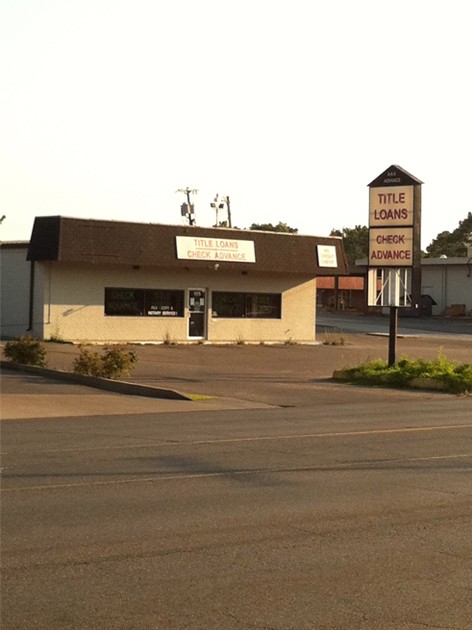
All through Alabama and Mississippi it was the same, and auto salvage yards outnumbered new car dealerships two to one. Food down here is even cheaper than further north — we regularly feed our family of five for less than $30 — and get far more food than we can finish, though Stuart tries hard out of guilt at the waste.
And yet interestingly, further north it seemed to us that the small, independent mom and pop restaurants were fewer and further between than down south, and that the chains reigned supreme. Cracker Barrel, Applebee’s, and Olive Garden always appear full, and yet they sit next to interstate exits and strip malls — never in the centre of town — they are quite literally de-centring America. To frequent these establishments, the locals must drive out to them, even if they live near what was once a vibrant centre. Of course some local businesses have survived, but the number of empty shops in any downtown is pretty telling of a story repeated everywhere.
When you enter a Walmart, McDonald’s, Applebee’s or Home Depot you could be anywhere. In fact, exiting one of them can be a bit like walking out of the cinema for its viscerally disorienting effects. Those spaces have no sense of place — they are non-places in the way of airports all over the world. And so when I am in one of them, I non-feel my non-personhood — there is no feeling of belonging to a community with its attachments and networks and histories, and so it’s impossible to make meaning from inside them.
Simple, typical diner breakfasts at L Dee’s in Front Royal or Old South Restaurant in Chattanooga were far more enjoyable than the unpleasant time spent in an IHOP when the RockVan broke down briefly encountered some mechanical difficulties. They were more memorable and pleasant not just because they were using (mostly) whole ingredients at L Dee’s and Old South (even if the cheese, like everywhere, is the plastic-pre-sliced variety), but also because the staff demonstrably knew their customers, and because the interiors weren’t identical to a thousand others à la Franchise Frankenfood.
Further South, the chains are all here, (and Walmart originated in neighbouring Arkansas) but so are many surviving independent restaurants, which surprises me. I think the craze for barbecue might be part of it, with its attendant fierce loyalty amongst long-term clientele. The distinction of an individual restaurant’s cuisine perhaps shields it a bit from the homogenising trajectory of commercial monopolies? Or is it old-fashioned southern loyalty, or perhaps just economics, as even the chains here would have difficulty competing with a $6.20 plate of barbecue pork served with fries, slaw and bread. I feel certain the tips at the local diners would be better than in the chains as well, which would help that economic formula as waitstaff are notoriously underpaid in the US.
I’m not a sociologist, but I’m sure there must be research that has examined the rise of restaurant chains vs. the decline in local eateries in the vein of this flowchart of the rise of Walmart, and I’d certainly be interested to see it.
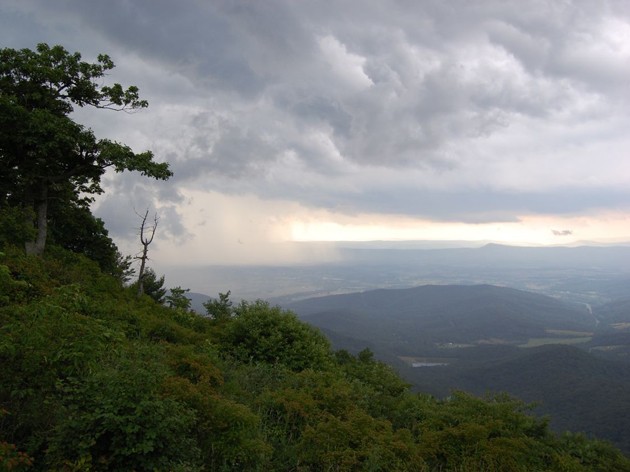
As we coasted out of the last of the Appalachians and into Alabama, it was like the affluence disappeared with the heights. The cloistering summer heat makes serious enterprise rather unappealing, yet you’ll see plenty of people working hard each day, trying to earn a dollar, and doing it with that world-famous southern hospitality. At least that’s something that hasn’t really varied from Virginia to Mississippi: the deeply rooted generosity. What this region lacks in economic resources, it certainly makes up in big-heartedness.







Crikey is committed to hosting lively discussions. Help us keep the conversation useful, interesting and welcoming. We aim to publish comments quickly in the interest of promoting robust conversation, but we’re a small team and we deploy filters to protect against legal risk. Occasionally your comment may be held up while we review, but we’re working as fast as we can to keep the conversation rolling.
The Crikey comment section is members-only content. Please subscribe to leave a comment.
The Crikey comment section is members-only content. Please login to leave a comment.